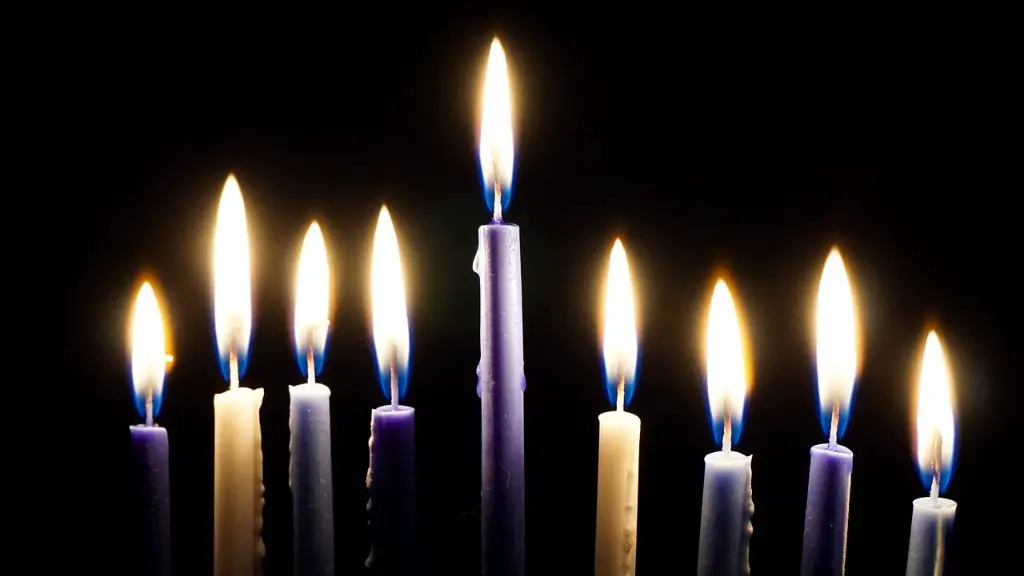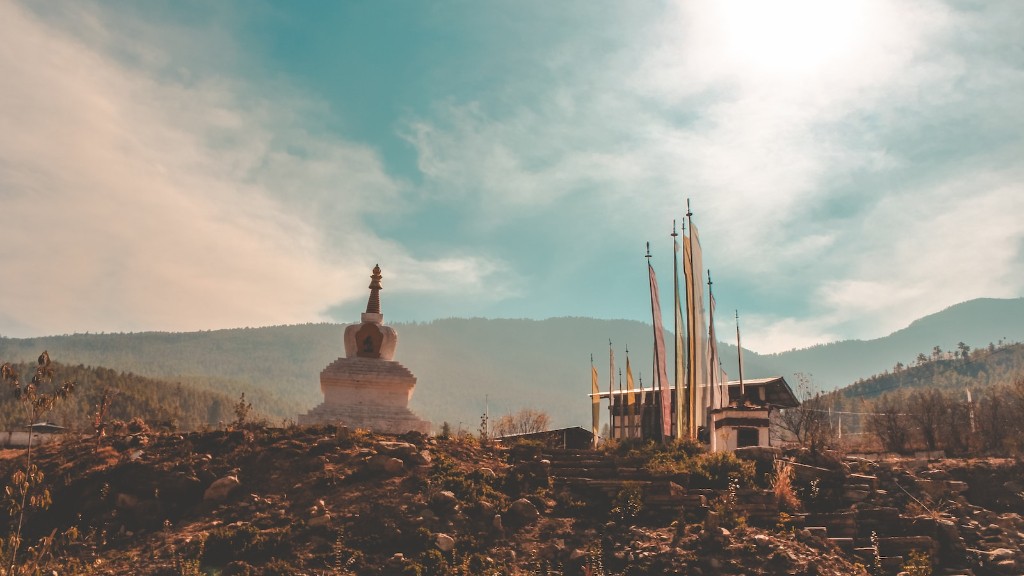Overview of the Caste System in Hinduism
Hinduism is one of the oldest known religions and has been practised in India since ancient times. One of the most divisive and controversial facets of Hinduism is its caste system, which divides its followers into distinct hierarchal groups according to ancestry, wealth, and social status. The caste system has been used to control the behavior and movement of people in Hindu communities, but it has also been a source of community cohesion and social stability. This article will explain what the caste system is, its origins, and its effects on society.
Caste System Definitions
The caste system is a system of stratification in Hinduism that classifies people into different social groups based on religious, economic, class, and other criteria. It is an ancient system of social stratification and hierarchy which mainly divides people by their birth and social status, with the highest castes considered most privileged and the lowest castes considered most disadvantaged. The caste system is also closely linked to the practice of Hinduism and has been given a spiritual and religious significance. The position of an individual in the caste system is determined by their karma, which is how their actions in past lives are believed to affect their current life and their future prospects.
Caste System Background and Origins
The caste system is believed to be more than 3,000 years old and originally involved four distinct social classes or Varnas, based on the principle of karma. These were the Brahmins (priests and scholars), Kshatriyas (warriors and kings), Vaishyas (merchants and business people), and Shudras (manual laborers). The system was later extended to include over 3,000 different jatis or sub-castes, which were often further divided into occupational subgroups and determined by one’s birth. Over time, the system became more rigidly enforced and oppressive as social mobility between castes was severely restricted.
Current Implementation and Effects of the Caste System
Despite efforts by the Indian government to reduce the impact of the caste system since independence in 1947, the system continues to be a major factor in Indian society, especially in rural areas. The system is still used to determine access to education, healthcare, employment opportunities, and social status. It is also still used to discriminate against lower castes as well as other religious and ethnic minorities. This has resulted in widespread social and economic inequality, with lower caste communities facing severe poverty, marginalization, and discrimination.
Challenges to the Caste System
Despite its long history, the caste system is now facing increasing opposition from within India as well as from outside. The constitution of India prohibits discrimination on the basis of caste and has made affirmative action programs in education and other areas mandatory. The Indian government has also introduced a quota system, reserving a certain percentage of government positions and university admissions for members of lower castes. The success of these efforts is debatable, however, as there is still significant social and economic inequality in Indian society.
Criticism of the Caste System
Critics of the caste system argue that it has been used to maintain the power of the upper castes by denying the lower castes access to resource and opportunities. Historically, the system was used to prevent the lower castes from rising in society by prohibiting intercaste marriages and by imposing heavy restrictions on mobility between castes. Additionally, the system has been criticized for its lack of flexibility and its promotion of inequality. Today, the system is still a site of inequality, with lower caste communities facing serious social and economic disadvantage.
Religious Significance of the Caste System
Despite its controversial aspects, the caste system is still a significant part of Hinduism, and some argue that it is an essential component of its spiritual practice. Hindu religious texts describe the caste system as a natural way of preserving the world order. This view is further supported by the fact that many Hindu religious rituals, such as temple worship and marriage customs, are conducted according to caste. As such, while some argue that the caste system should be abolished, others argue that it should be preserved and reformed to ensure that it works for the benefit of all Hindus.
Conclusion
The caste system is an ancient and controversial part of Hinduism that is still practised today in India. It divides people into distinct social groups and affects access to social, economic, and political resources. The system has been criticized for its lack of flexibility and its promotion of inequality, but it still has religious and spiritual significance for some Hindus. It remains to be seen whether the system will be abolished or reformed in the future, but it is certain that it will remain a site of debate and controversy.

